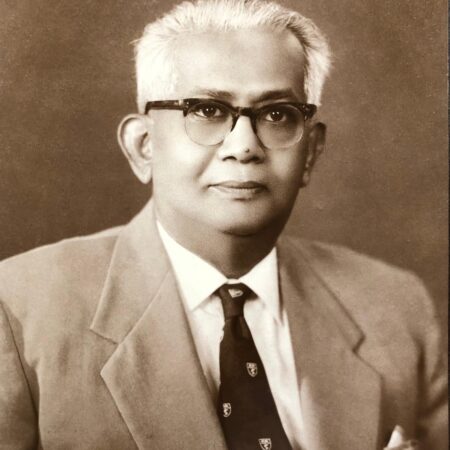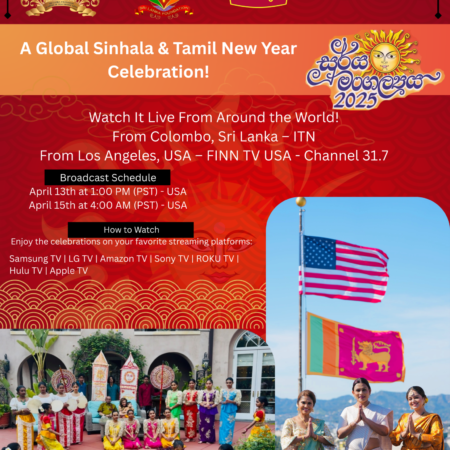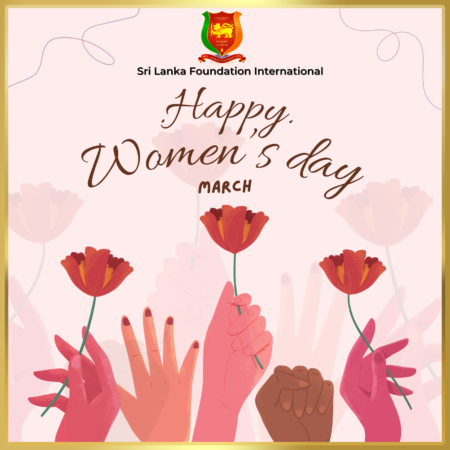In the primarily Buddhist nation, poya days, or full-moon days are celebrated with an additional day-off each month. Often these holidays combine with the weekend and the Lankan folks avidly explore different parts of their country, admitting that they are “truly spoilt for choice.”
As the civil war-memories fade, the Singhalese and Tamils assert that they’re Sri Lankan first, and the once-shattered island nation of twenty-two million is fast repairing and regaining its lustre.
COLOMBO
The traditional Kandyan sari, known as the osari, is just like the Indian sari, but draped completely differently, with a frill of folds at the waist. Coming from India, to me, the osari became a metaphor for the similar, yet fascinatingly different Singhalese culture that awaited discovery.
We explored Colombo, admiring the lion sculptures at Independence Square, the colonial style Independence Arcade, wandering through the leafy suburbs with exquisite homes, taking in the giant statues of Buddha at Gangarama temple, sipping golden king-coconuts from street stalls and falling for a creamy breakfast staple- buffalo curd with fish-tail palm treacle. The legendary style of architect Geoffrey Bawa (1919-2003), known as Tropical Modernism, continues to be revered and emulated, and we couldn’t help being enchanted by his own house at 11, Bagatelle Road, which embraces breeze, light and foliage with many clever flourishes. Gallery Café, a popular restaurant serving excellent local and international fare remains steeped in charm; it once housed Bawa’s architectural practice.
TEA ESTATES IN THE HILL COUNTRY
A six-hour drive east of Colombo brought us to the lush, gently undulating, tea estates swathed in green. It was a world unto itself; peaceful, uncluttered and silent with clean air, cooler temperatures and millions of of camellia sinensis, the carefully pruned, tea plants that hug the contours of the hills.
A company called Ceylon Tea Trails leases and lets rooms in a handful of stately colonial bungalows embedded in the emerald thickets surrounding Castlereagh Lake. Exploring the spectacularly landscaped plantation around Norwood bungalow, we came across amiable Tamil women delicately nipping off the tops — two leaves and a bud — from the waist-high bushes, with their nimble fingers. Later, at the tea-factory I learned that black, green and white tea all come from the same leaves. To make black tea, the leaves are withered and fermented. For green tea, they’re not fermented and white tea consists of the prized bud only.
At the tea gardens we went on long, exploratory treks on the smaller paths, stopping for lunch at other bungalows, enjoying a myriad dishes that combine to make the Lankan curry and rice. The relaxed, somnolent tempo here allowed us to decompress, dream, and soak in the mist-laden vistas.
GALLE FORT
A Dutch-era relic, and the darling of foreigners who have bought many a home here, the Galle Fort area basks in the Indian Ocean in Lanka’s southwest tip, encircled by thick walls. Quaint and chic at the same time, the small hamlet can be navigated entirely on foot in a couple of hours. A handful of bungalows-turned boutique hotels have become the social-hubs with the most popular bars and restaurants. Uncovering the historic sites, frangipani-laden homes, vibrant shops and cafes felt very special. In fact, the entire Lanka experience was more fabulous than I had imagined. It was nothing short of serendipitous. Not surprisingly, the word comes from a former name of the island, Serendip.











![TV-Poster-All-Exhibition-Sri-Lanka-in-Focus-USA-2025[1]](https://www.srilankafoundation.org/wp-content/uploads/2025/04/TV-Poster-All-Exhibition-Sri-Lanka-in-Focus-USA-20251-450x450.jpg)










